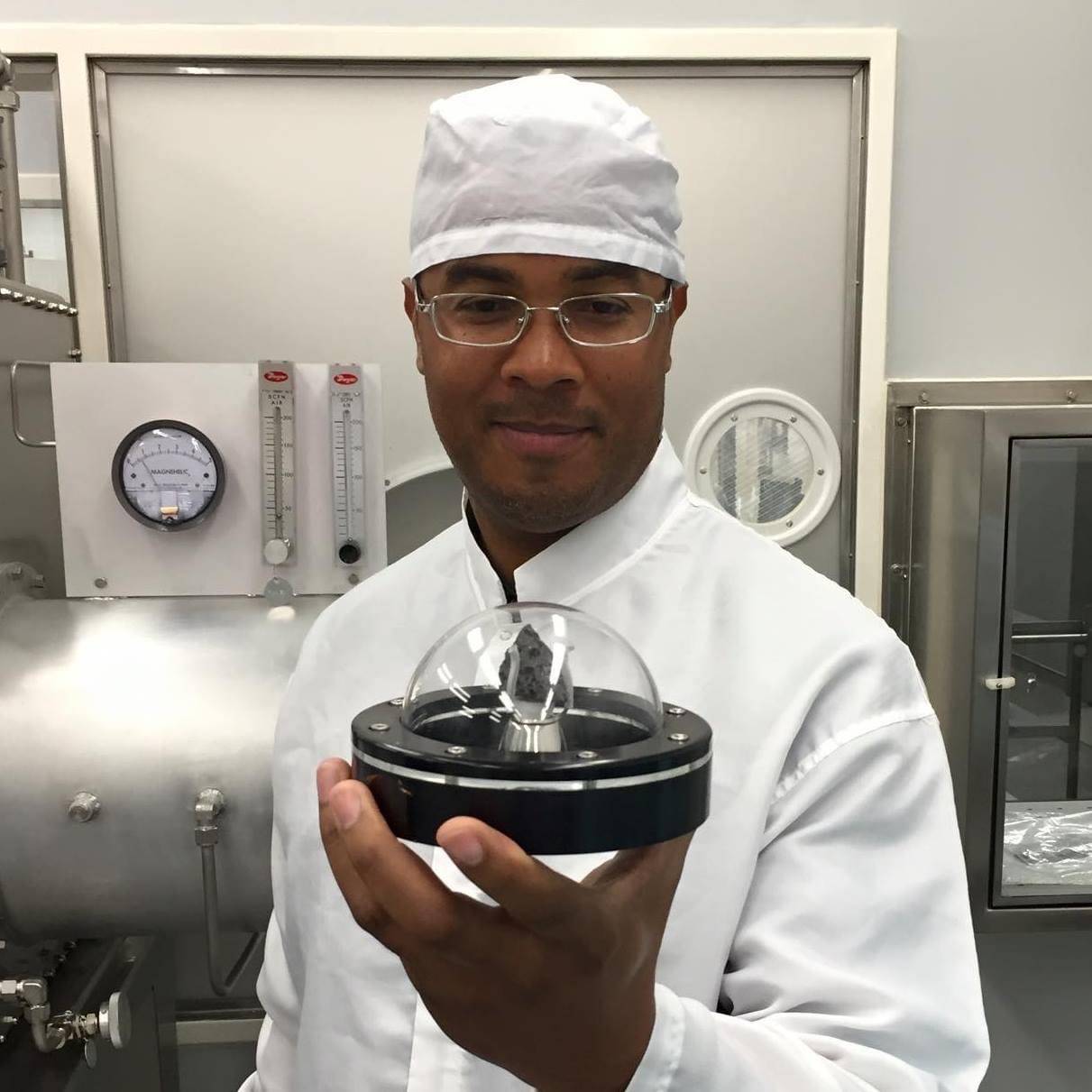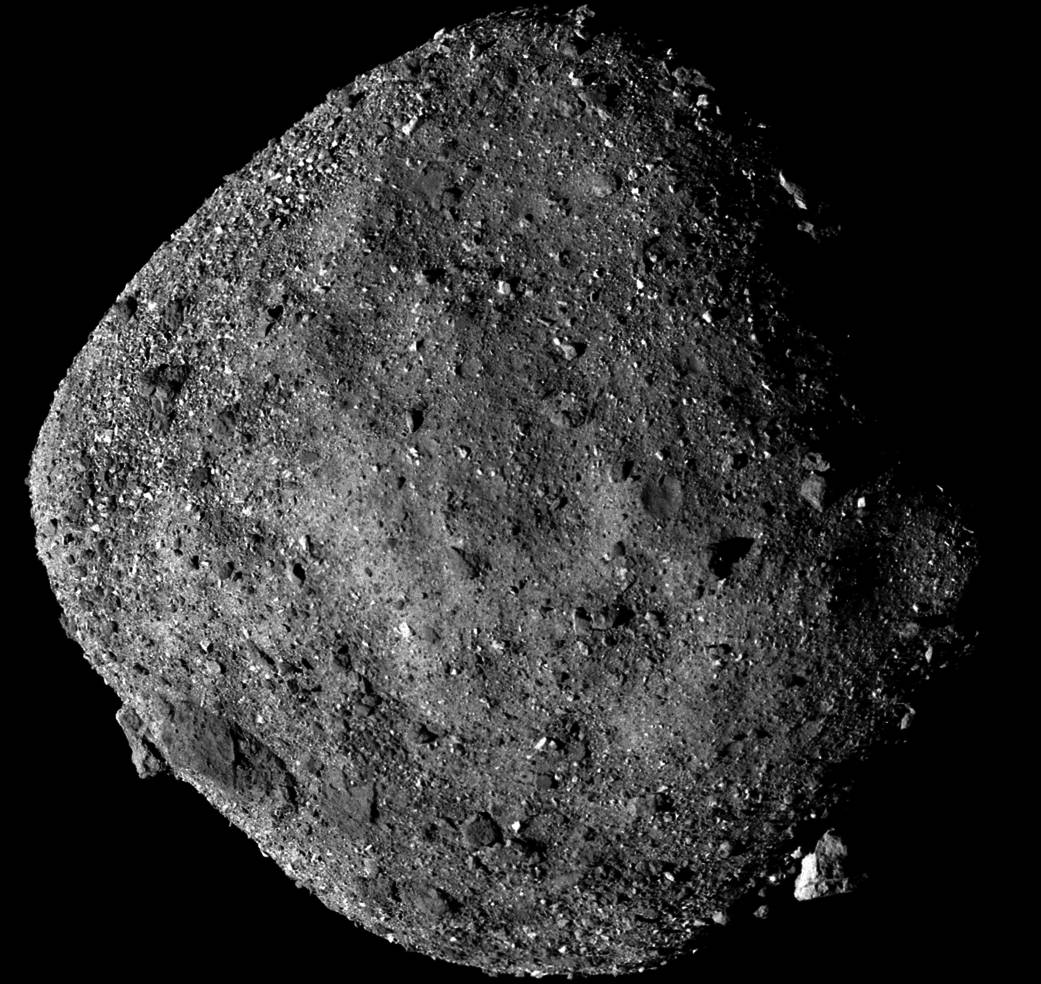Jayme Blaschke | January 20, 2022


Christopher Snead, senior research scientist with Texas State's Office of Research and Sponsored Programs' JETS project, is studying rare asteroid samples collected by the Japanese Space Agency's (JAXA) Hayabusa2 spacecraft as part of the Astromaterials Research and Exploration Science (ARES) Division at NASA's Johnson Space Center.
JETS, or “JSC Engineering and Technical Support” is a multi-organizational partnership supporting NASA’s Johnson Space Center through Jacobs Engineering.
The samples are available through an unprecedented cooperative agreement between NASA and JAXA. NASA received 23 millimeter-sized grains and four containers of even finer material collected by Hayabusa2's visit to asteroid Ryugu, a mission launched in 2014 that returned in 2020. In exchange, JAXA will receive material from NASA's OSIRIS-REx mission to asteroid Bennu once that spacecraft returns to Earth in 2023. Both missions collected more material than expected, so each space agency will receive larger samples in the exchange.
"These carbonaceous asteroids are, we think, the source for most meteorites that we get on Earth. There's a specific type of meteorite called a carbonaceous chondrite, and there different classes of carbonaceous chondrites. It could be that those classes of meteorites correlate to specific asteroids," Snead said. "This is one of the interesting things we're trying to find out: Do the samples that came from the asteroid Ryugu look similar to meteorites that we have in our collection? Are they different from other kinds?

"And if we get samples from asteroid Bennu, are those going to be in the same class of meteorite or are those going to correlate with a different class?" he said. "We'll begin to be able to match the parent bodies of meteorites that we've had in collections for over 100 years to asteroids. That could be a very interesting thing to learn."
Researchers have classified a wide range of asteroids in the solar system, including C-type and S-type asteroids. It's believed that S-type asteroids are the source of a rocky meteorite called ordinary chondrites that are commonly found on Earth, whereas C-type asteroids are the likely source of much rarer carbonaceous chondrites. There may be as many, if not more, C-type asteroids as S-type, which raises the question of why one meteorite is more prevalent on Earth. It is likely that carbonaceous chondrites don't survive as long on Earth as they're less rocky, explained Snead, but the OSIRIS-REx and Hayabusa2 missions will help develop a better statistical representation of the asteroids in the solar system, leading to a better understanding of meteorites collected on Earth.
"The real treasure of these asteroid samples is that they've never been contaminated with Earth atmosphere, anything that could change the chemistry, any weathering," Snead said. "These are the most pristine samples we've ever had of asteroids in history. It's really remarkable.
"It's a great thing that we have this cooperation with the Japanese Space Agency. That's something that isn't necessarily a given," he said. "We just have a really great relationship with them."
Share this article
For more information, contact University Communications:Jayme Blaschke, 512-245-2555 Sandy Pantlik, 512-245-2922 |
